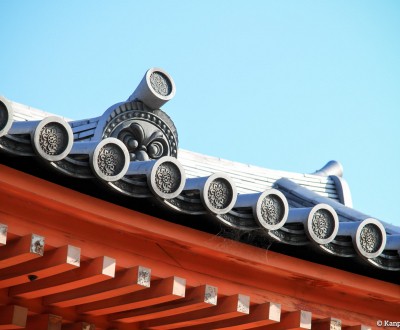Japanese Temples & Shrines
Since religions live together in harmony in Japan, there are two main types of religious monuments in Japan : buddhist temples and shinto shrines.
In Japanese, we can recognize:
- temples with their names ending by -tera, -ji or -in;
- shrines with -jinja, -ingu or -taisha endings.
While temples venerate buddhism, the polytheistic shinto religion implies that each shrine should be dedicated to only one deity (called "kami").
Numerous of these buildings are not from origin, destroyed by wars or fires and then built again, identical to the original one. And yet, we can find countless shrines and temples spread all across Japan, from the smallest hidden in the tiny street to the most gigantic, registered in the Unesco World Heritage list.
The Shinto shrines association officially counts 79,000 shrines. However, estimates are that they are rather between 100,000 and 150,000 shrines, including those without a regular priest.
From now up to 2040, Japan might expect the closing of a third of the 77,000 temples due to the "buddhism crisis": donations, which constitute the main financing of the religious buildings, are more and more rare. This could be due to the rural exodus which makes the smallest cities disappear (via). Moreover, being a buddhist monk would be a profitable career only in the big cities such as Tokyo and Kyoto.

